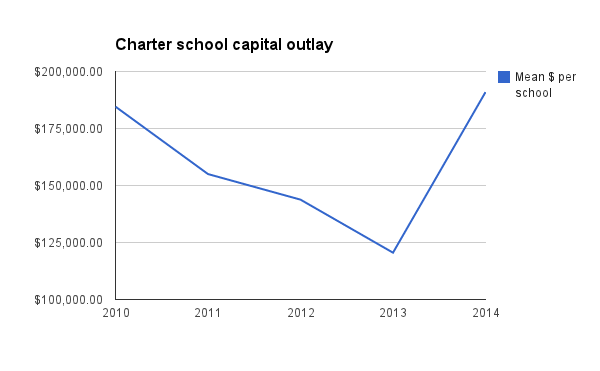Florida House and Senate budget negotiators meet today to reconcile their competing spending plans. Like in previous years, one of the last issues to be resolved is how to divvy up the funding for construction at schools, colleges and universities.
One question to keep an eye on as they try to reach a deal before Tuesday’s deadline: Will charter schools’ funding for buildings and construction keep pace with their growth?
From 2006-07 through 2012-13, charter schools typically received about $55 million each year in capital outlay funds (in some years they received a little more; in some years slightly less). But more than 200 new charter schools opened during those years. While not every charter school receives capital outlay funding, that growth meant a larger number of charter schools split roughly the same amount of money for their facilities.
That changed last legislative session when lawmakers allowed the pie to grow again. They set aside more than $90 million in capital outlay funding for charter schools. The total funding amount was unprecedented, but because there were hundreds more charter schools receiving capital outlay funds, it brought the average per school to just above 2009-10 levels.

This fall, charter school enrollment grew to nearly 230,000. That means the amount of capital funding per student is expected to remain lower for charter schools than what districts receive from one of their revenue sources – a tax of up to $1.50 for every $1,000 in local property values.
If recent trends continue, and charter schools grow by another 10 percent or more, the House’s original $100 million capital plan for charter schools would come close to keeping pace, while the Senate’s $50 million plan would set them back. For the first time in four years, both plans set aside a substantial chunk of state capital outlay funding for school districts, though that’s not likely to resolve tensions over how capital funding gets divided.


